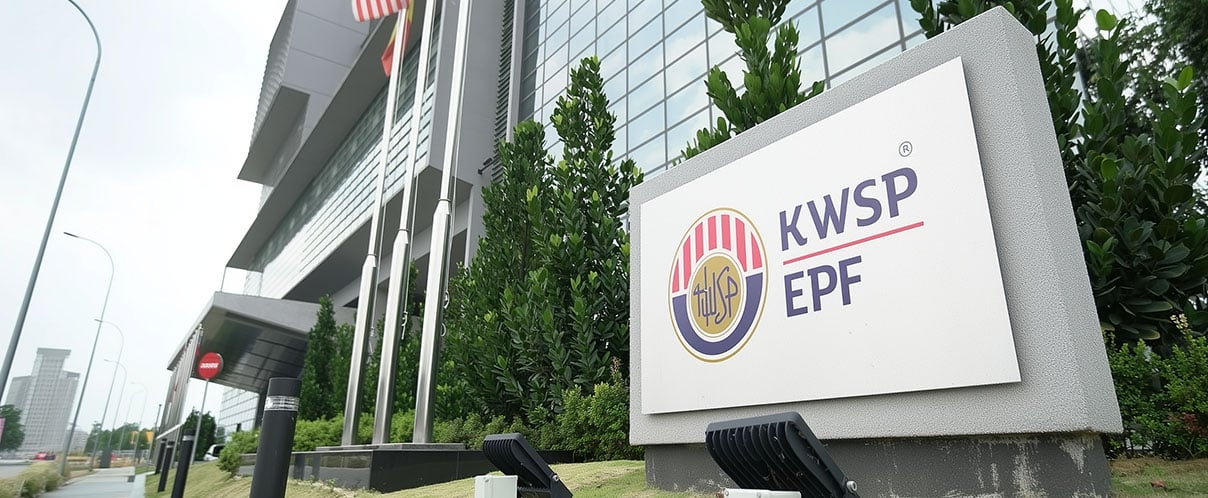

5G services have been introduced in more than one-third of the countries around the world. Operators, vendors, and enterprises have accelerated their investments in 5G technology in the last 24 months. 5G is not just another evolution of network infrastructure and higher speeds. It offers new opportunities to serve enterprises and governments with ultra-low latency and massive machine-type communications capabilities. The launch of 5G in Malaysia marks the beginning of a new era for the telecoms industry.
In particular, smart cities will be a key growth engine for 5G. Global spending on smart city solutions is expected to reach US$2.5 trillion by the year 2026. Smart cities essentially involve using sensors based on IoT, which will generate large amounts of data. 5G will provide higher speeds and more capacity to handle data coming in from multiple devices such as sensors, cameras, cell phones and other sources.
This data will be useful for improving the efficiency of various economic and social activities of the city. For the citizen of smart cities, 5G and IoT will broadly deliver smart digital infrastructure, smart mobility, smart environment, smart healthcare and smart government facilities.
We expect smart city solutions to address some of the big challenges that we face today in Malaysia. Traffic congestion is often rated as the number one challenge by most residents of large cities in the country. 5G can enable intelligent traffic management systems such as Smart Traffic Analitics and Response System (STARS) by TM One at a much larger scale. This further will streamline riders towards less occupied and safer routes while also assisting road and safety authorities in taking proactive and prompt action.
Data from the Ministry of Transport Malaysia show that road accidents have continued to increase in the past decade. While fatality rates have gone down, there is an opportunity to reduce it even further. In emergencies, responders can quickly download real-time, high-quality HD images of the accident scene using a fast 5G network and share it with the healthcare staff or a doctor before they actually reach the hospital. This will enable them to be better prepared and make informed decisions.
In addition, the sensor devices attached to the vehicles can send alerts to first responders in case of its collision or accident. The travelling of data in such situations is time critical, requires low latency, and needs to be fast as promised by 5G. Such alerts can also come from bodysuits worn by emergency personnel.
Another important application of 5G will be in the area of public safety. Although tougher regulation and action by authorities in the country have led to a decline in crime rates, it is still relatively higher when compared to our regional peers. Ensuring a safe and secure environment for citizens would be one of the top priorities for smart cities in Malaysia.
Remotely controlled drones fitted with cameras is possible for surveillance in various areas to protect people from theft and crime. Furthermore, connected drones integrated with AI technologies will be able to identify unusual events, help public safety authorities gain situational awareness of crowded places, and proactively manage security.
Covid-19 has brought to the fore the opportunity to transform healthcare services delivery. Telemedicine has emerged as a very viable option to enable patients around the country to have access to the best possible care, without the need to travel to meet the doctor physically in the big cities. This will drive better efficiency all around for hospitals and patients alike.
We also envisage that IoT devices will assess real-time information about patient’s vitals, triggering alarm signals and also developing a log of the lifestyle habits of the patient. This will enable an era of personalised care. Population health management is emerging as another important theme as preparation for future pandemics will now become a requirement for every nation.
The past 18 months have also exposed the fragility of healthcare systems around the world, both in terms of the availability of medical equipment and hospital beds. The lack of tracking systems for the inventories led to fragmented information, causing ambiguity amongst hospital personnel. The integration of IoT technologies can enable real-time tracking systems for hospital inventories. The sensors will also provide the intelligence to predict any anomalies or defects in medical equipment and aid proactive maintenance. By the end of the decade, we will have transitioned from a hospital centred care system to a patient-centred care system.
As consumers, we are experiencing a rapid transformation of how digital technologies enable a new era of banking, shopping and entertainment. In banking, physical branches give way to virtual branches and personalised experiences. Citizens expect the same level of experience from governments now. It is possible to envisage a future in which every citizen will be able to virtually visit various government agencies for citizen services using a combination of augmented and virtual reality tools. The SUPER-APP for citizen services will integrate capabilities such as video calling, real-time consultation and a one-stop window across all government agencies. The possibilities for innovation are limitless. The technology is now ready and available. Making it work will need us to invest considerably in understanding consumers and taking the human-centred approach towards innovation. It will need extensive collaboration between a multitude of partners to make this future a reality. I look forward to collaborating with many of you in making this vision a reality.